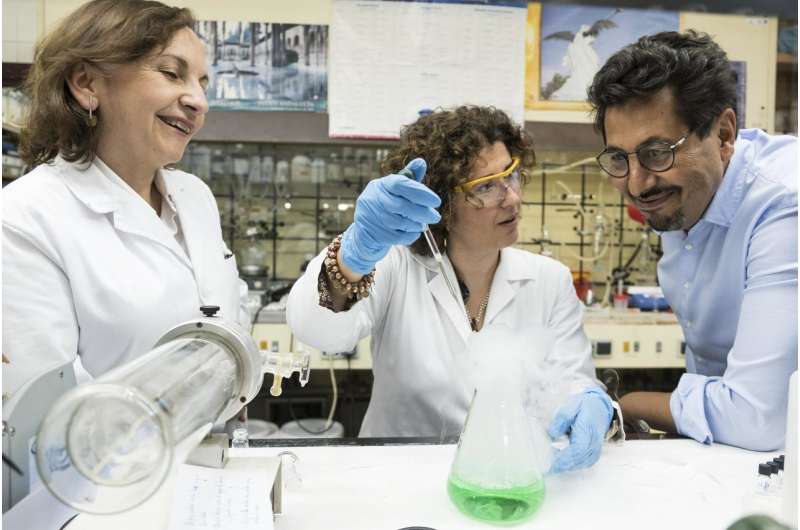New compounds with anticarcinogenic compounds synthesised

The Stereochemistry and Asymmetric Synthesis Group at the Faculty of Pharmacy at the University of Seville, in collaboration with the Asymmetric Synthesis and Functional Nanosystems Group at the Chemical Research Institute of Cartuja, have managed to synthesise active, stable derivatives of sulforaphane, an anticarcinogenic compound with high bioavailability.
Sulforaphane (SFN) is a compound first isolated in 1992 from broccoli extracts, and which is considered by the National Cancer Institute in the United States as one of the 40 most promising anti-cancer agents. SFN is currently the best naturally occurring phase II detoxification enzyme inductor, inhibits phase I metabolism, and, is also capable of regulating gene expression via epigenetics using multiple mechanisms. All this makes it one of the epigenetic agents that offers the greatest protection in the treatment of many diseases.
So far, there have been no adverse effects detected after its application in the studies that have been carried out, which means that SFN and its analogues could be used in the prevention and treatment of countless diseases, as well as different types of cancer. This is a list which includes cardiovascular diseases, diabetes, skin ageing, COPD, bacterial infections, atopic diseases, etc. It has been demonstrated that sulforaphane is capable of crossing the blood-brain barrier, thus exercising its protective effect on the central nervous system, which makes it a possible treatment for Parkinson's disease and Alzheimer's. In addition, SFN has recently shown great promise as a future treatment of autism and Hutchinson-Gilford progeria syndrome.
Despite the great potential of SFN for preventative or curative therapy for many diseases, for the moment, there is no medicine on the market that features it as an active ingredient. Currently, the entire market connected to SFN is related to broccoli extracts, anti-ageing creams, food supplements, and other products sold by herbalists. However, all these supplements contain an inactive precursor of SFN, which puts into question their ability to add SFN to the diet.
The main reason that no medicine used for any specific disease is available on the market today is the instability of the SFN molecule, as this isothiocyanate is susceptible to being degraded by the action of oxygen, heat and alkaline conditions.
Therefore, today we can only enjoy the benefits of the properties of SFN via continued and abundant consumption of vegetables that are rich in this phytochemical, although during the normal cooking methods for broccoli and crucifers, the bioavailability of SFN is reduced considerably. Heating to 90°C for only 20 minutes sees the degradation of more than 90 percent of the SFN content. In addition, these vegetable need to be stored in specific conditions to maintain their chemopreventive properties.
More information: Rocío Recio et al. NMR study on the stabilization and chiral discrimination of sulforaphane enantiomers and analogues by cyclodextrins, Carbohydrate Polymers (2017). DOI: 10.1016/j.carbpol.2017.12.022
Provided by University of Seville

















